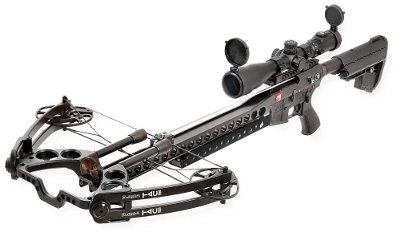I recently came across (through a spam email actually) the Safety Bullet. Short version (you can watch the videos there for the longer version), it’s a device that chambers in your firearm just like a live round. If the trigger is pulled while the Safety Bullet is in place, the gun is locked up. Yes, the gun is completely disabled until you obtain the tool to reset it. Admittedly the tool is simply a plastic rod, but in my opinion this is a terrible idea.
The recommended usage is to load 1 Safety Bullet in the chamber and 1 in the top of the magazine with live rounds below that. If you actually need to use your firearm, you then rack the slide twice to get a live round in the chamber. If you forget to do that and attempt to fire, you have a gun that will not function and you will likely die.
Revolvers are even worse, you load a Safety Bullet in the next chamber to be fired. To use the firearm you have to manually rotate the cylinder one notch before firing. This is a rather delicate task, and if you lose count and attempt to fire 6 rounds instead of 5 (or 5 instead of 4, or 8 instead of 7, hmm how many rounds does this revolver hold again?), guess what? Gun locks up!
So, under the stress of an attacker beating down your door, or coming up your stairs or beating a loved one with a pipe, you will have to remember this procedure or render your defensive firearm inoperable. It’s well understood that under this kind of life or death stress, lots of things go out the window. Fine motor skill and complex reasoning (uhhh … like math) being the big ones. I will say it again, this is downright dangerous if used in a home defense firearm. Using it in a stored firearm would not have these issues, so I’m ok with it in that application, but that’s not how it is being marketed.
I’m all for safety and protecting our dear children, but this is just not an acceptable solution to me. If you’re concerned about your stored firearms, lock them up, even disassemble them if you like. If you have a home defense firearm please look into other solutions that don’t potentially disable the gun for the rest of your life. There are many quick access safes and locking devices out there that are much better solutions than this.




